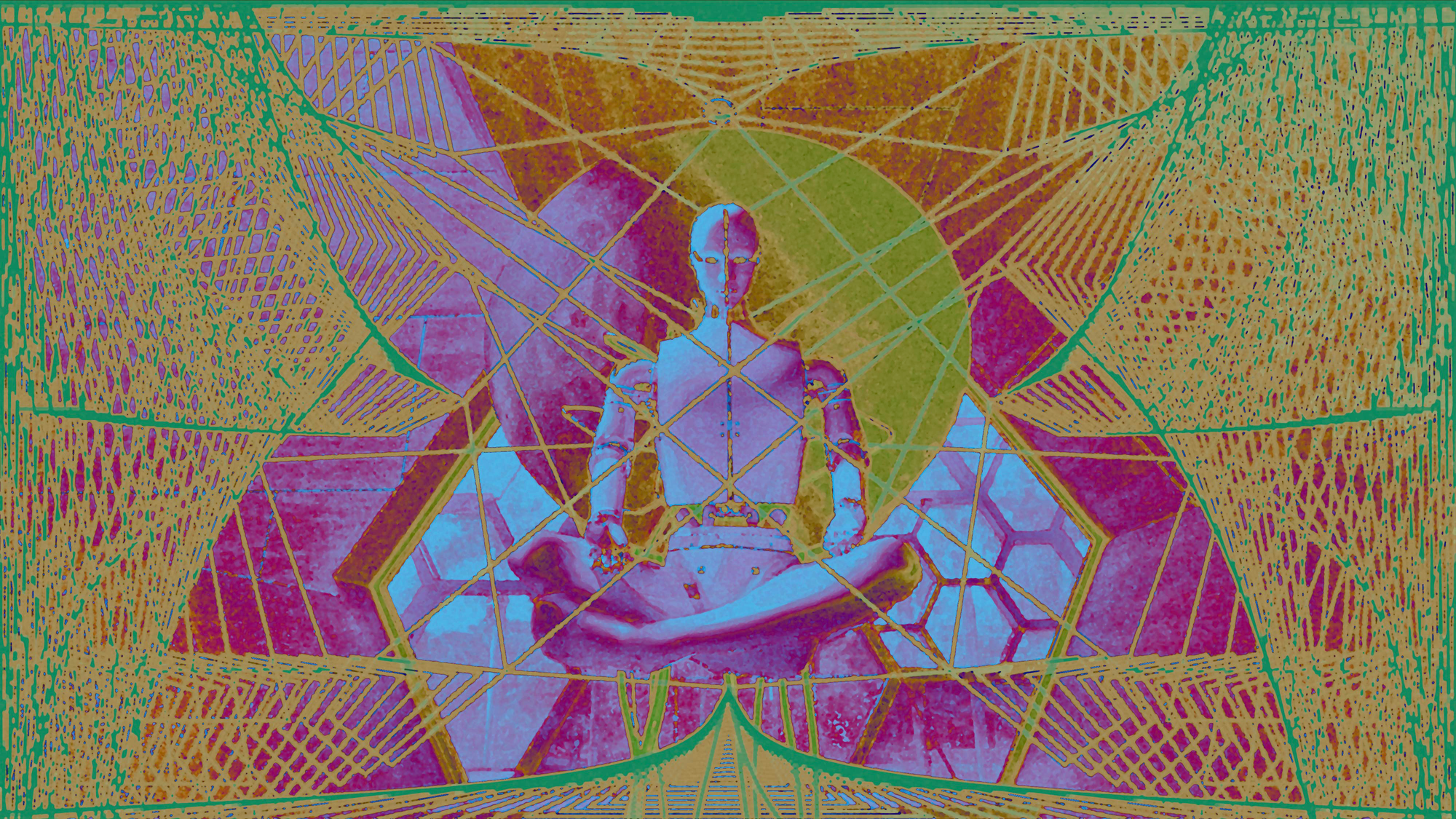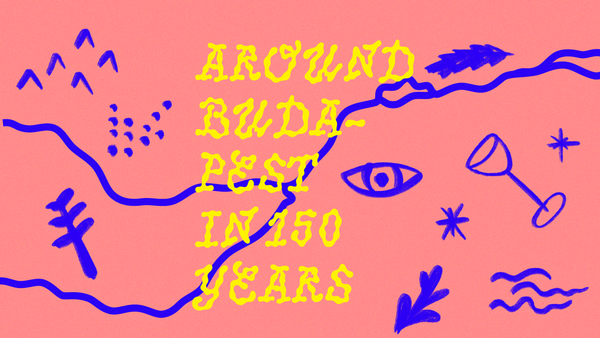Artificial intelligence is nothing new, but it has undergone spectacular developments in recent years that have put it at the center of the social discourse. Art, among many other areas, has not been left untouched, raising a number of new questions.
The biggest hit of the year is undoubtedly the ChatGPT chatbot, which has swept through the media like a hurricane and entered our daily lives at a dizzying pace. In addition to ChatGPT, the previous year saw the emergence of various image-generating AI programs such as Midjourney, DALL-E, and Stable Diffusion, which allow anyone to create spectacular images without any effort or qualification.
Defenders of the new technology believe that these programs are merely tools to facilitate the creative process and save time. On the other hand, there are apocalyptic speculations about AI, according to which the various AI programs will eventually take over the functions of artists, thus eliminating them from the market. The relationship between AI and art undeniably raises many questions and difficulties in itself, and one such issue is copyright protection.
Where do the pictures come from?
Data that enables AI to evolve plays an important role in its development, and this is no different for image-generating software. To a large extent, these work by having the user enter a text command, which the program uses to generate an image that it ‘imagines’ based on the description. That is, the AI must have some concept of how the words can be translated into a visual language. This is only possible if the program can ‘understand’ the properties of each thing, which requires it to see millions of images of that thing. But where do they get these images from?
The culprit is a German organization called LAION, which has a huge database of images commonly used in the development of various AIs. It’s important to know that in most places in the world, it is protected by copyright and personal data cannot be used for commercial purposes, only for academic ones. In contrast, LAION’s repository is brimming with data that does not meet this criterion. The organization’s trick is not to store specific photos in the database but to store links to the original images and textual data that can be linked to the images, thus avoiding legal problems.
“People have been doing this for centuries.”
This kind of image use on the internet has caused resentment among many people, especially in the art world, where AI art is often criticized. Many believe that, despite the above excuse, similar programs make unauthorized use of images, and in some cases specific works of art, in return for which the creators receive no financial reward.
The most common argument against this accusation is that people have always done the same thing and that AI has merely accelerated the process by which artists draw inspiration from the work of other artists. But is it really the same process? First, it is important to note that the functioning of these programs is entirely based on the data they use, without the images they feed in, they would not be able to do any creative work. Although people need information and experience to create from, this is most often not owned by others. In addition, users often directly upload artwork downloaded from the internet for the program to create different variations based on.
The problem
The fundamental problem is that AI uses the original artwork anyway, without giving any credit or space to the artists, because while it creates a completely new visual, the use of the original artwork remains invisible. It does not highlight or evaluate but exploits the artists, who then receive no benefits, while the beneficiaries of the programs do.
A possible solution
It is a characteristic of very recent and novel innovations that, as they emerge, the relevant legal system does not yet have adequate responses to ensure the safe use of the new technology. This does not mean that we should completely dismiss it because of its potential dangers. The aim is to regulate useful technologies like AI as effectively as possible in law.
In the case of AI, the priority is to regulate ethical data collection as early as possible, i.e. to create databases exclusively containing public domain data that is voluntarily offered or purchased. In addition to copyright protection, there are of course other issues, such as the radicalization of various AI models, which also need to be addressed in order to reap the benefits.

Cover photo: Lili Tóth
Source: YouTube

These are “only” the largest music venues of Sziget

Around Budapest in 150 years with 10 Budapesters










